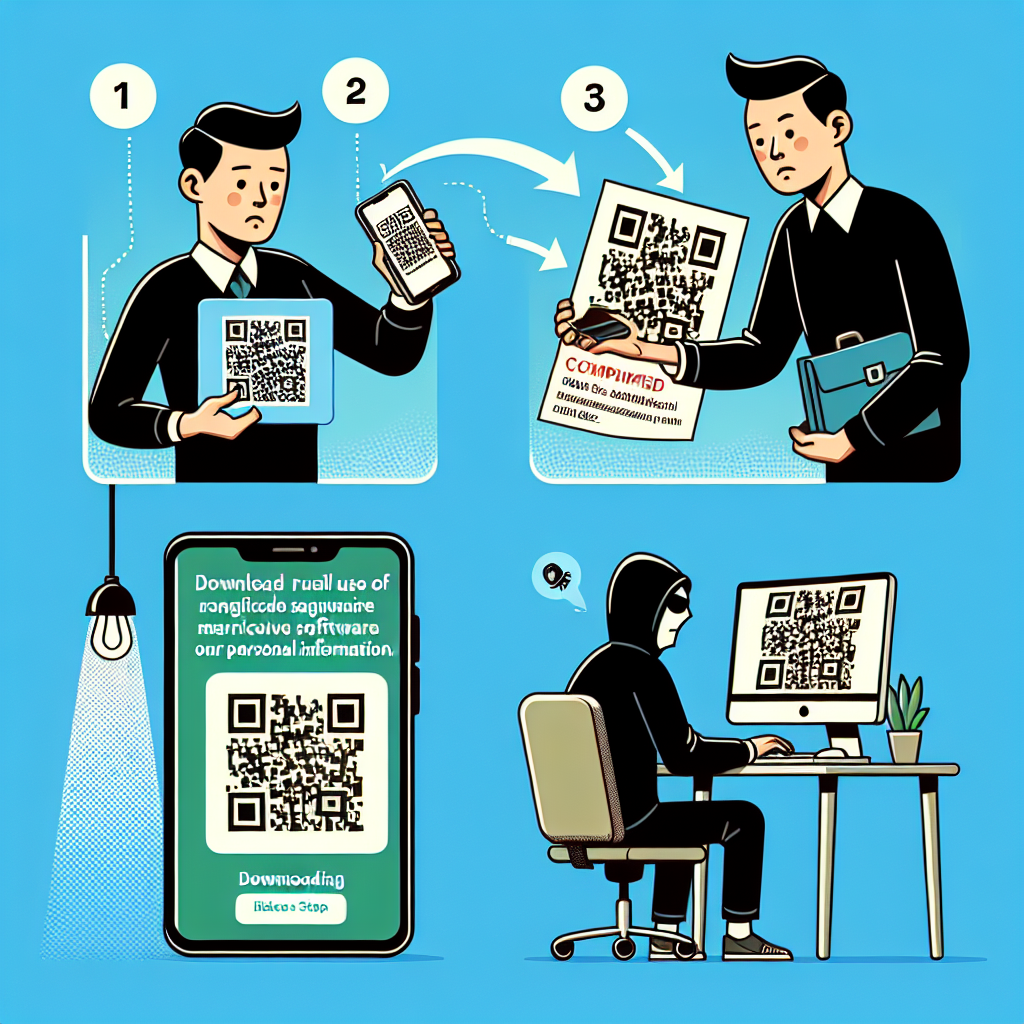
How QR-code fraud works
by bernt & torsten
Fraudsters have been sending deceptive emails impersonating a prominent security app to steal personal information. These emails might claim that your personal data is incomplete and can be updated by scanning a QR code included in the message. Scanning this code redirects you to a counterfeit website that closely resembles the app's official site, capturing any information you submit.
Another prevalent scam involves QR code fraud, where criminals trick individuals into scanning a QR code that leads to a fake website designed to steal personal or financial information or initiate unauthorized transactions. Here are some common schemes:
Bank Scams: You might get communication from entities falsely posing as your bank, urging you to scan a QR code to verify or update services. This fraudulent code redirects you to a fake site where providing your details results in unauthorized access to your bank account.
Parking Meters and Charging Stations: Be wary of electric vehicle charging stations and parking meters where fraudsters may place fake QR codes. These are designed to catch unsuspecting users off guard, especially when under time pressure.
Marketplace Scams: Scammers might send QR codes for supposed payment confirmations on selling platforms. Scanning prompts you to enter sensitive information on a deceptive site, enabling the scammer to access your bank account.
Generic App Scams: Emails purporting to be from the security app often claim updates to personal information via QR scanning, leading to a phishing site that mirrors the genuine app’s platform.
Preventing QR Code Fraud:
1. Verify the web address displayed after scanning a QR code, and be cautious with shortened URLs, even if space allows full ones.
2. Cross-check any payment requests made through QR codes against the official web address of the payment service.
3. Ensure the transaction details are accurate if the QR code doesn’t display a link but asks for authorization via an ID code.
4. Confirm the legitimacy of documents requesting QR scans for payments, especially from governmental or well-known entities, by contacting them directly through official channels.
5. If you are skeptical of a QR code in emails, especially for refund claims, contact the company using a verified phone number, not one provided in the message.
6. Trust your instincts; if something feels off, the QR code might be a fraudulent attempt.
What to Do If You're a Victim:
If you fall victim to QR code fraud, contact your bank immediately to freeze your account temporarily. Report the incident to the police and relevant authorities to help combat such fraudulent activities.

How to Use Ngrok to Test Your Local App and Connect It with Google Apps Script
Testing a local application that needs to be accessed over the internet (like for webhooks or...

Why I Wrote a Novel Instead of a Manifesto About AI
I could have written an essay. A whitepaper. A TED-style...

Why We Should Rethink Our Use of Social Media, Smartphones, and Data-Driven Apps
The silent march toward surveillance and a moneyless society
In a world...